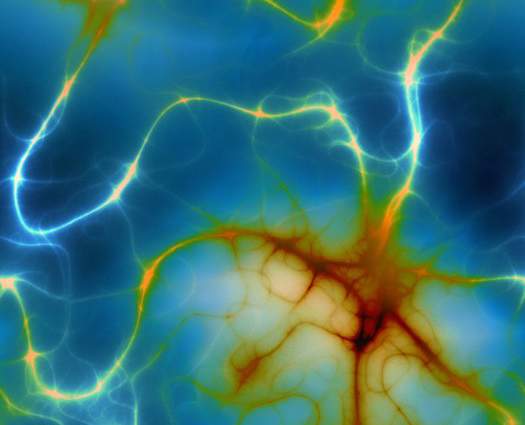The Woman Who Could Write, But Couldn’t Read
A recent stroke left one 40-year-old woman with some unusual symptoms.

One morning, a kindergarten teacher was about to take attendance for her class when she realized she couldn’t read the paper in her hands. She tried looking over her lesson plans, but like the attendance sheet, they seemed to be covered in incomprehensible symbols.
She didn’t know it yet, but the teacher, identified only as M.P. in a recent case study her doctors published about her in the journal Neurology, had had a stroke. The stroke afflicted a very specific part of her brain, leaving the 40-year-old woman with some unusual, but not unprecedented, symptoms—and plenty of functioning outside of that. Her case study is a fascinating look at what the brain, and human ingenuity, are capable of.
It turns out M.P.’s stroke interrupted the connection between the “language zone” of her brain and her visual cortex, her doctors wrote. At the same time, other sensory inputs still connected into her language zone. The results were decidedly weird. She couldn’t read, but she could still write and understand spoken English, a symptom called “word blindness.” Plus, she still had emotional reactions to seeing words, even though she couldn’t recognize them:
M.P. had her stroke in October 2012, her doctors report. Since then, she’s rebuilt her life remarkably. She can’t teach anymore and teared up when she told her doctors about missing reading with children; she used to be a reading specialist. But she has a new job and volunteers. And she’s come up with her own way of reading, one that gets around her disability in a clever way:
There are many more details in the full case study, which Neurology has posted for free. It’s an approachable paper. We can’t help but wonder if one day, M.P.’s case will become as well known as, say, Phineas Gage’s… which would mean one more way the tenacious M.P. continued to contribute to society after her stroke.